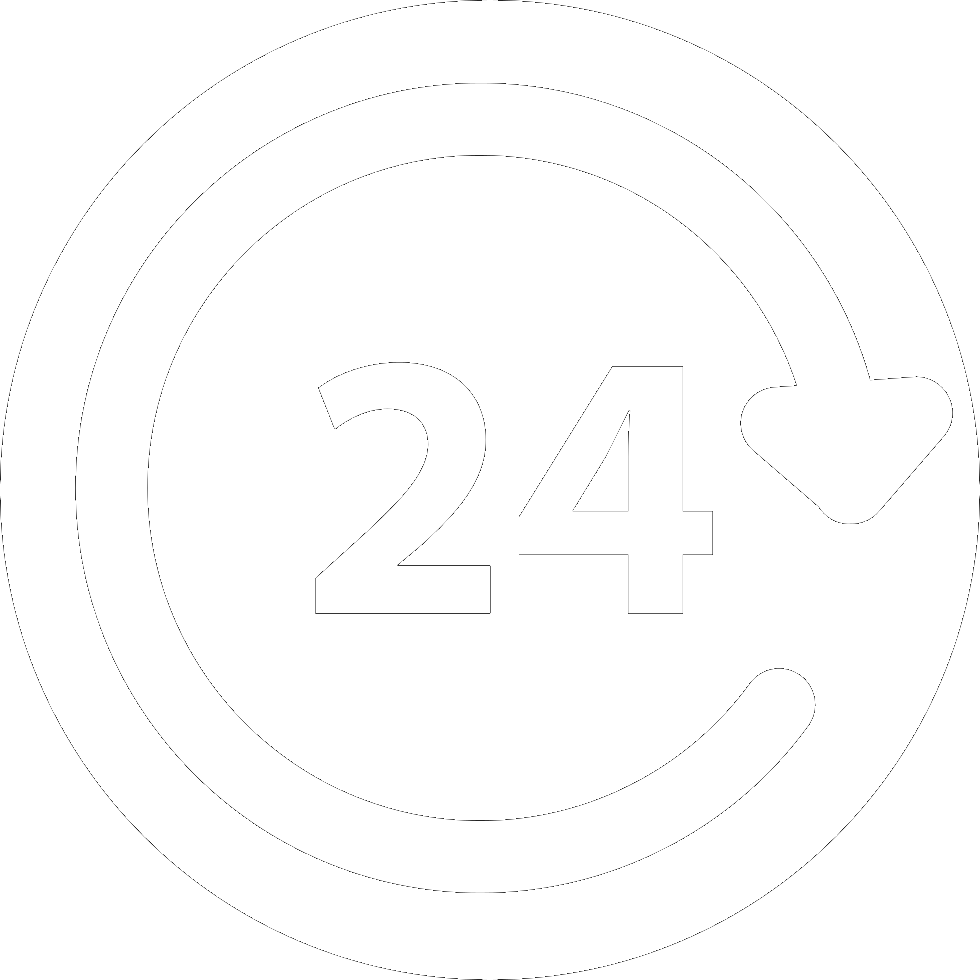
section-d8bae3e
This course covers the regulations, practices, and techniques required to safely sling and rig loads
This content developer is recognized by the International Competency Assessment Board (I-CAB) for its expertise in this subject matter and is listed as a competency development resource for I-CAB assessment participants. and Slinging (Advanced) course includes 5 modules covering practices and techniques to safely sling and rig loads according to the CSA (Canadian Standards Association) Z150-98 regulation, which is applicable across Canada. It also adheres to ANSI (American National Standards Institute) and ASME (American Society of Mechanical Engineers) standards.
This Online Safe Slinging and Rigging Course Covers
-
Crane and Hoist signalling
-
Safety procedures and load limits
-
Hazard Assessments
-
Rope inspection/ rope types
-
Center of gravity with slings
-
Shared safety responsibilities
-
Sling capacities/ charts/ sling types
-
Hoist lines/ types
-
Hitch Types
section-98bb10d

Award-winning Courses

Printable Certificates

Learn at Your Own Pace 24/7

Free Technical Support

Free Accounts for Employee Training
section-d54d89f
Popular Safety Courses


Aerial Work Platform (AWP) Certification

Pipeline Construction Safety Training (PCST)
section-447fbfe
section-364bdc1
SET Safety is proudly Trusted by




























